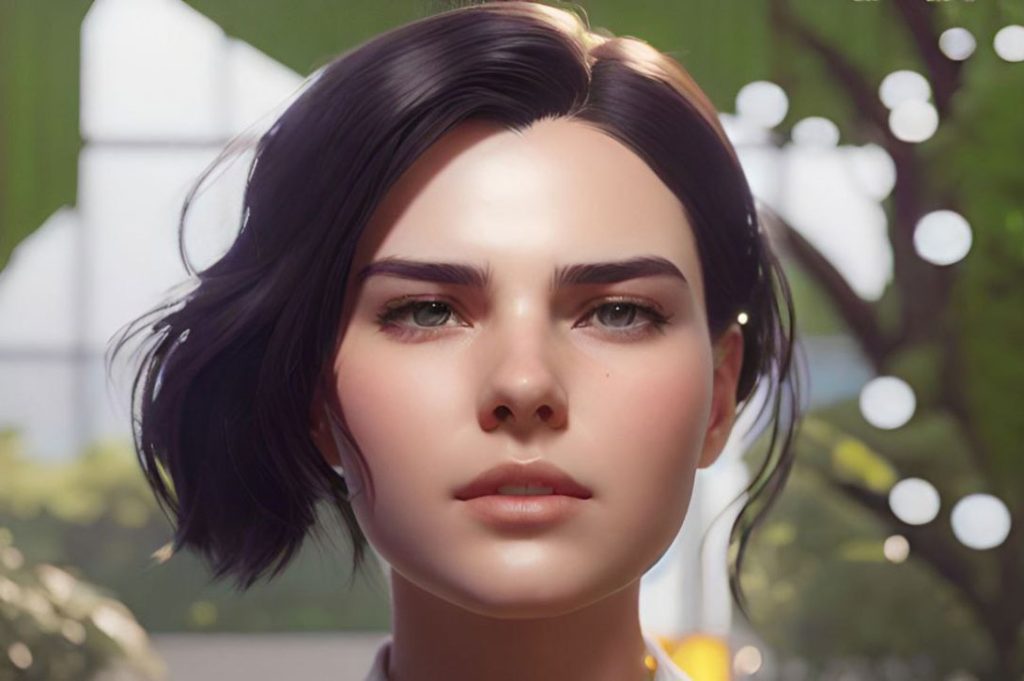The Art of Hairstyling and the Top Third of the Face: A Comprehensive Guide
The world of hairstyling is intricate, entwined with the nuances of facial features and their subtle dynamics. The artistry lies in understanding these features, tailoring styles that amplify an individual’s beauty and confidence. Among these facial regions, the top third, predominantly the forehead, plays a pivotal role. Let’s venture into a detailed examination of how hairdressers can work their magic, focusing on the forehead’s various shapes and sizes.

The Forehead: More than Just a Canvas
The forehead isn’t merely the space above the eyebrows; it’s a statement in itself. It can set the tone for the face, influencing how we perceive other features. In hairstyling, harnessing the forehead’s potential can radically transform appearances, making it a focal point in the hairstylist’s playbook.
The Wide Forehead: Embracing Space
A wide forehead offers an expansive canvas for hairstylists to work on.

- Styling Strategy: Directing hair forward over the sides is an effective approach. It provides a natural frame to the face, softening the expanse of the forehead.
- Benefits: This approach can create an illusion of a slightly narrower forehead while emphasizing the eyes and cheekbones.
The Narrow Forehead: Creating Illusions
For individuals with a narrower forehead, creating an illusion of width can harmonize facial proportions.

- Styling Strategy: Steering the hair away from the face, especially at the forehead, is recommended. Incorporating lighter highlights at the temples can further enhance the illusion of width.
- Benefits: This style gives a broader, more open appearance, spotlighting the central facial features.
The Receding Forehead: Forward Momentum
A receding forehead, which angles backward, can be counteracted with specific styling techniques.

- Styling Strategy: Introducing bangs that are directed over the forehead can be a game-changer. Adding outwardly directed volume can introduce a sense of depth and dimension.
- Benefits: Not only does this approach add a dynamic visual element, but it also allows the eyes to be a dominant feature, drawing attention and creating facial harmony.
The Large Forehead: Subtle Sophistication
A pronounced forehead can be both a statement and a canvas for hairstylists.

- Styling Strategy: Employing bangs with minimal volume can help cover and balance the forehead area. The bangs should be tailored to complement other facial features, ensuring they don’t overpower.
- Benefits: This style offers a more defined face frame, creating a balanced, proportionate look that accentuates the eyes and mouth.
The Hairdresser’s Perspective: Beyond the Basics
While the aforementioned strategies provide a roadmap, personalization is the key. Every individual is unique, and while their forehead type offers a guideline, the hairstylist’s true artistry lies in tailoring a style that resonates with the client’s personality, lifestyle, and preferences.
Conclusion
The top third of the face, primarily the forehead, is more than just a section; it’s a narrative. For hairdressers, understanding this narrative is instrumental. It’s about creating styles that don’t just sit on the head but integrate seamlessly with the individual’s story, making them feel truly seen and celebrated. The forehead, in all its varied forms, offers endless possibilities. And in the hands of a skilled hairdresser, it becomes the prologue to a story of transformation.






